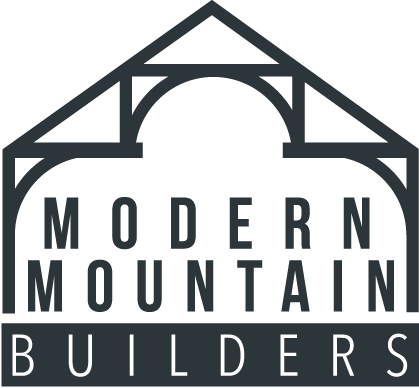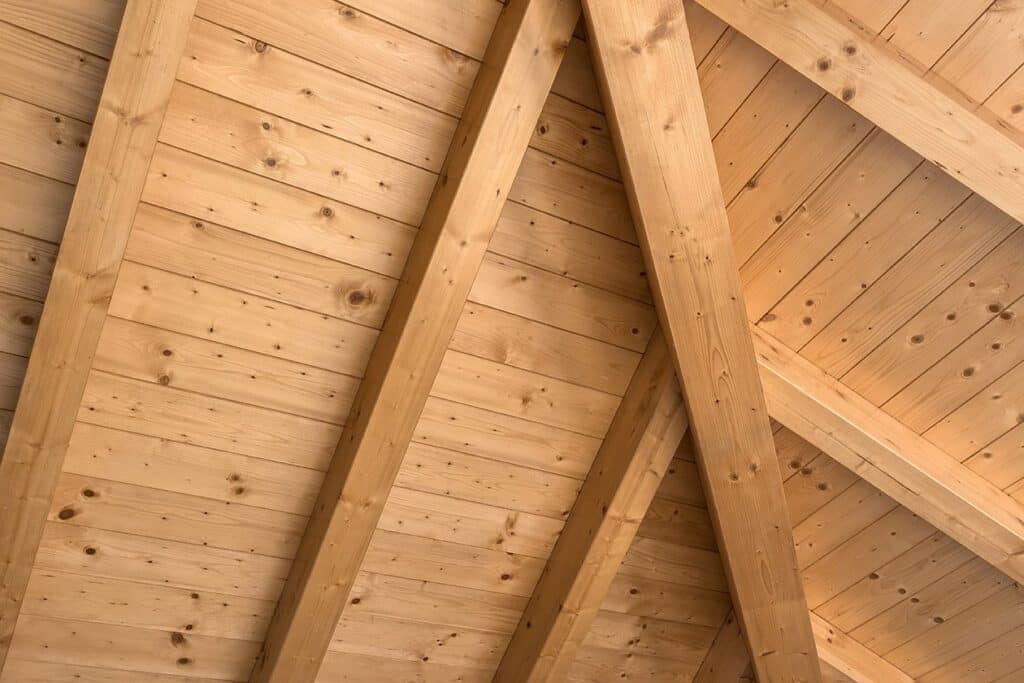If you plan to have a custom home built, there is a good chance that at some point in the process, you’ll be faced with the decision of whether or not to use solid beams as opposed to box beams. Here are a few points for consideration when making this decision:
-Solid Beams tend to create an open feeling and are often used for exposed beam ceilings because they show off design details more prominently. Box Beam Construction tends to be less visible on ceiling surfaces, making it look like gone wasn’t anything up there!
-Box Beam construction may offer more structural support than solid wood, depending on your circumstances. Still, if you want significant, bulky features such as dropped ceilings and high cabinets, then using boxed beams could limit what type of designs will work best in that space since they need additional framing material above them anyway.
Aesthetic
Choosing solid beams where you can specify either a rustic or clean-lined style is one of the advantages. One of the most substantial advantages of using solid beams in spaces that call for very long beams is never seeing any seams. When it comes to boxing beam options, only specific sizes are typically available, which measure up to 14′-16′. However, if you’re working with an experienced and skilled carpenter, they should be able to hide any mitered edge seams using matching wood grain and staining.
Generally, box beams are more suited to clean-lined designs and transitional aesthetics. They’re also the beam of choice when you want a finished beam to be painted instead of stained because they don’t require matching graining as solid beams do. If you want your flooring planks or design features to have an antiqued, hand-hewn look, there may not be cost savings associated with choosing box over solid. In cases where people are designing homes from scratch, those who opt for antique-looking beams usually choose the latter option.
Application
Solid beams are usually not an option in renovations or remodeling because the existing structure wasn’t engineered to support them. Box beams can be utilized in most instances as they’re only for decoration and never structural. However, solid timbers can be either decorative or architectural. Douglas Fir is a species of timber famous for its strength; box beams wrapped around steel I-beams are more common than other materials like glulam, but both offer less heft than their counterparts – it depends on your needs.
When the climate is humid, box beams can only be used for interior applications. The moisture and temperature changes in a place like Houston (which has a humid climate) cause expansion, cupping, and separation at the ends and edges of box beams.
Price
When it comes to interior decorative beams, your best bet is painted box beams. You can also save money by going with a box beam built by a skilled trim carpenter if you’re looking for stained ones. All the same, consult with an experienced custom builder before choosing solid timbers, as they are among the most expensive choice of beams in this category that you could go for. If you want rustic and antiqued aesthetics to finish off nicely on top of your decor, choose boards!
When you’re considering solid beams vs. box beams, it’s best to talk with an architect and interior designer who can give you best practices on the availability of solid timbers and wrapped beam planking as well as your builder’s capabilities for achieving a look in their work that resembles a traditional wood beam.


